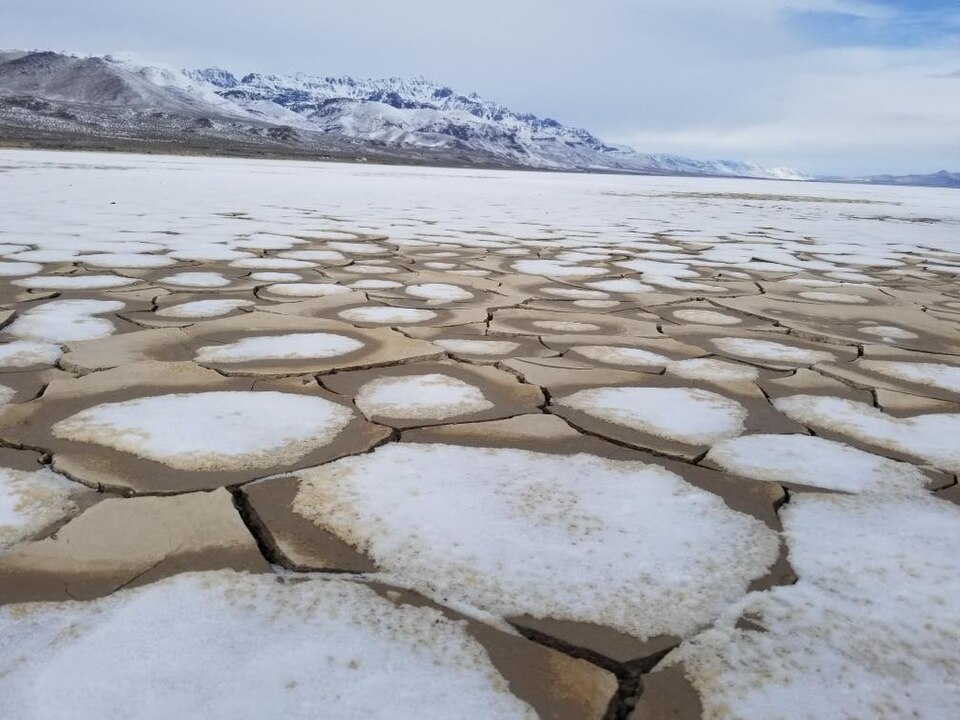Understanding the Alvord Desert: From Ancient Lakes to Modern Dust Devils

The Alvord Desert, located in southeastern Oregon, is a unique geological formation that has undergone significant transformations over the millennia. Once a vast lake during the late Pleistocene epoch, the desert now stands as a flat, dusty playa, marked by remnants of catastrophic outburst flooding. Recent studies aim to unearth the historical and scientific significance of this arid landscape, which is not only of interest to geologists but also serves as a natural laboratory for understanding atmospheric phenomena such as dust devils.
According to the Bureau of Land Management, the Alvord Desert's history is marked by an expansive pluvial lake that existed approximately 40,000 to 12,000 years ago, reaching lengths of over 80 miles and depths of up to 280 feet. This lake was a significant feature of the Basin and Range province, characterized by its unique geological formations. Dr. David Carter, a geologist at the University of Oregon, noted in his 2006 study published in *Geomorphology* that evidence suggests at least one catastrophic outburst flood occurred, reshaping the landscape and leading to the formation of canyons and other geological features.
The most notable of these floods occurred around 13,000 years ago when the lake breached Big Sand Gap, releasing multiple cubic miles of water into the Coyote Lake basin, eventually flowing into the Owyhee and Snake Rivers. This event was part of a broader pattern of "fill-and-spill" dynamics experienced across the western United States during the Pleistocene, as described by Dr. Carter and his team.
In addition to its geological history, the Alvord Desert provides a unique environment for studying atmospheric phenomena. Dust devils, whirlwinds formed by the intense heating of the desert floor, are a common sight in this region. Research conducted by Dr. Bruce Jackson at Oregon State University, published in 2018 in *Remote Sensing*, highlights the use of instrumented drones to capture detailed meteorological data on these vortices. The findings suggest that the dynamics of dust devils in the Alvord Desert may mirror similar phenomena observed on Mars, where dust plays a significant role in climate regulation. This connection was recently substantiated by NASA's Perseverance rover, which documented Martian dust devils, drawing parallels to their terrestrial counterparts.
The Alvord Desert's atmospheric conditions are influenced by its geographical features, notably the steep escarpment of Steens Mountain to the west. Seasonal runoff from the mountain contributes to the desert's hydrology, with the last significant flooding event recorded between 1982 and 1985, according to the Bureau of Land Management. These conditions not only shape the physical landscape but also impact the ecological dynamics of the region, which is home to various species adapted to arid environments.
The ongoing research in the Alvord Desert underscores its significance as a natural laboratory for studying both historical geological processes and contemporary atmospheric phenomena. As scientists continue to investigate the interplay between the desert's unique features and its climatic conditions, the findings may provide valuable insights into both Earth and Mars.
In conclusion, the Alvord Desert stands as a testament to the dynamic processes that have shaped our planet over millennia. Its history of catastrophic flooding and the current study of dust devils exemplify the intersection of geology and atmospheric science. As researchers seek to deepen their understanding of this region, the Alvord Desert will remain a focal point for unraveling the complexities of both terrestrial and extraterrestrial environments.
Advertisement
Tags
Advertisement





